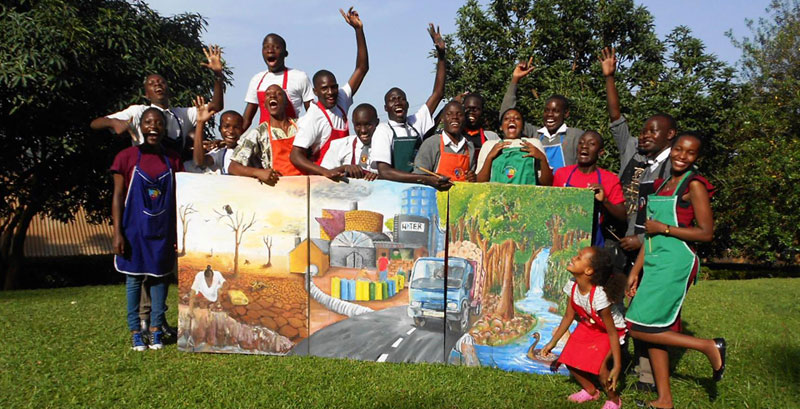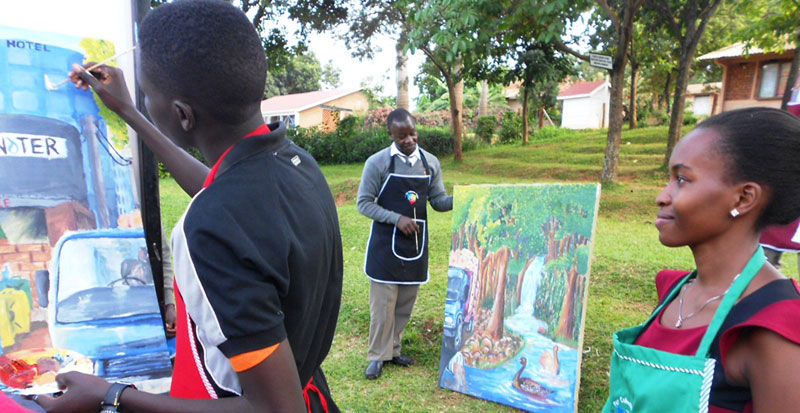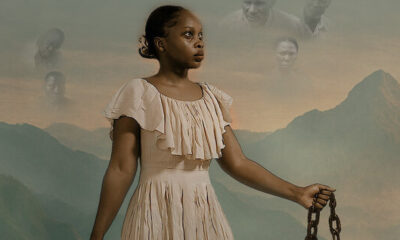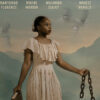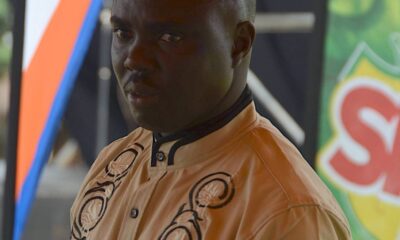Arts
When students use art to communicate environmental issues
People are turning to more creative ways of communication as the environment gets harsher. Last week, 12 from Mengo Senior Secondary School (Mengo SS) and three from Makerere University got together to create an art piece to raise awareness about the environment.
Divided in three groups, the students made three pieces representing pristine, urban and desert environments that, when brought together, would reflect the impact of human activity to the environment – and what master piece they made!
The most interesting thing, as they got to finalise their work on Saturday May 3, 2017, in the beautiful compound of Mengo SS, was to see several hands paint on the same canvas, each individual bringing a unique thought and touch.
“This event is expressing the fact that we can come together and work together for a common purpose. We want to show the need for collective action. And the theme of this event is ‘connecting people to nature’ – which is the theme of this year’s world environment day,” said Daphne Nansambu, the coordinator of Art for Collective Action (A4CA) initiative of the Big Water Platform.
“Trump is taking the US out of the Paris Agreement [(Cop21, an arrangement through which governments aim to strengthen societies’ ability to deal with the impacts of climate change].
“Yet we need to work together to combat climate change. All these individuals have different styles. All the discussions going on while the painting is being done are important,” Nansambu added.
The students were not only to exhibit their painting at Mengo SS on World Environment Day, which falls on June 5thevery year, but also at other fora to communicate the importance of people living in harmony with nature.
Speaking of the image, one of the students, Elizabeth Nazziwa, said the picture reflected the Uganda of today with some places remaining pristine while other places, the natural environment has been destroyed.
“Some places are pristine while others are water stressed. The more we destroy the environment the more we suffer,” Nazziwa said.
Their fine art teacher, Emmanuel Patrick Lule, who supervised this activity, said: “The students are communicating through images. It feels good to do something valuable.”
Comments



